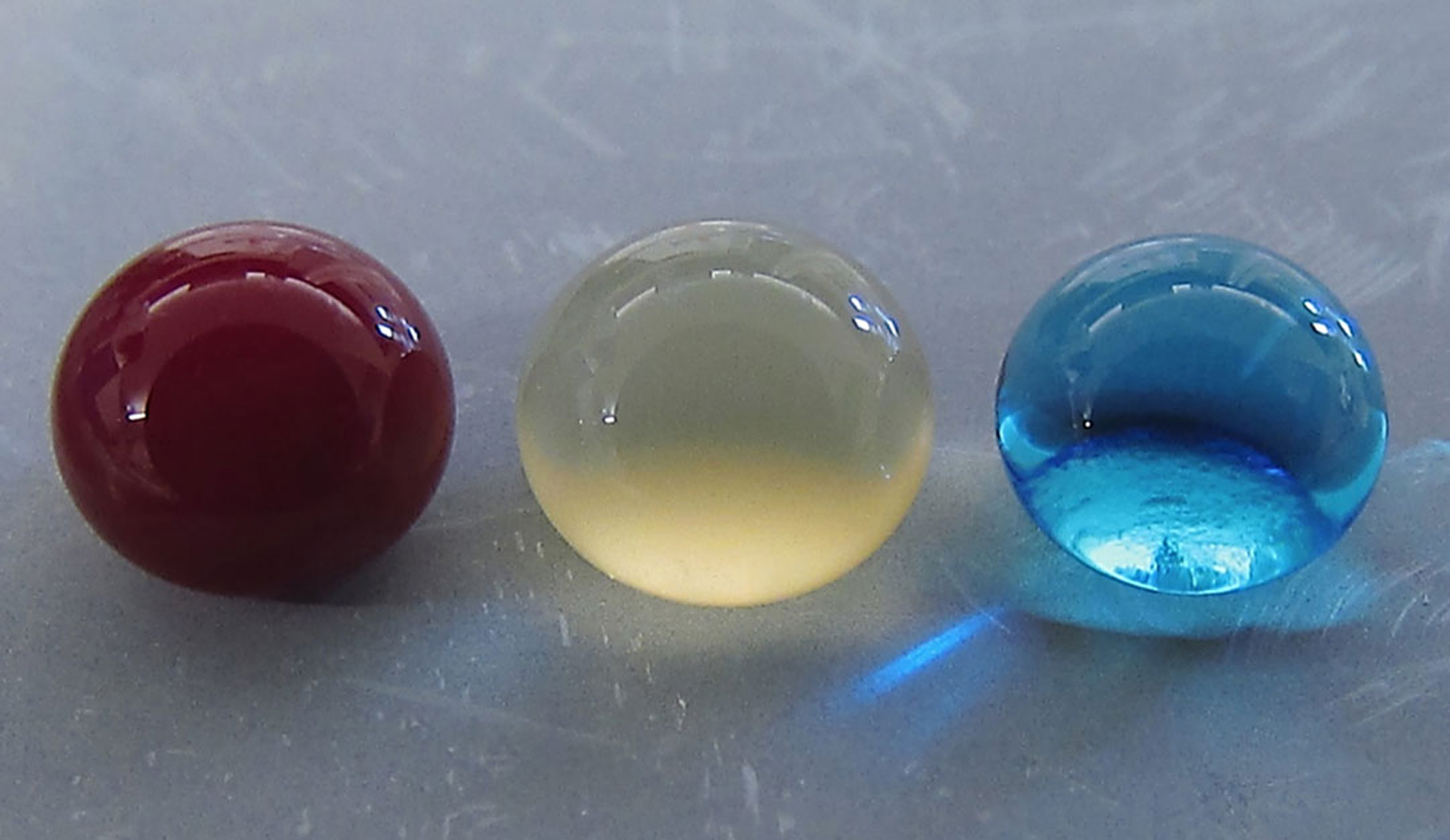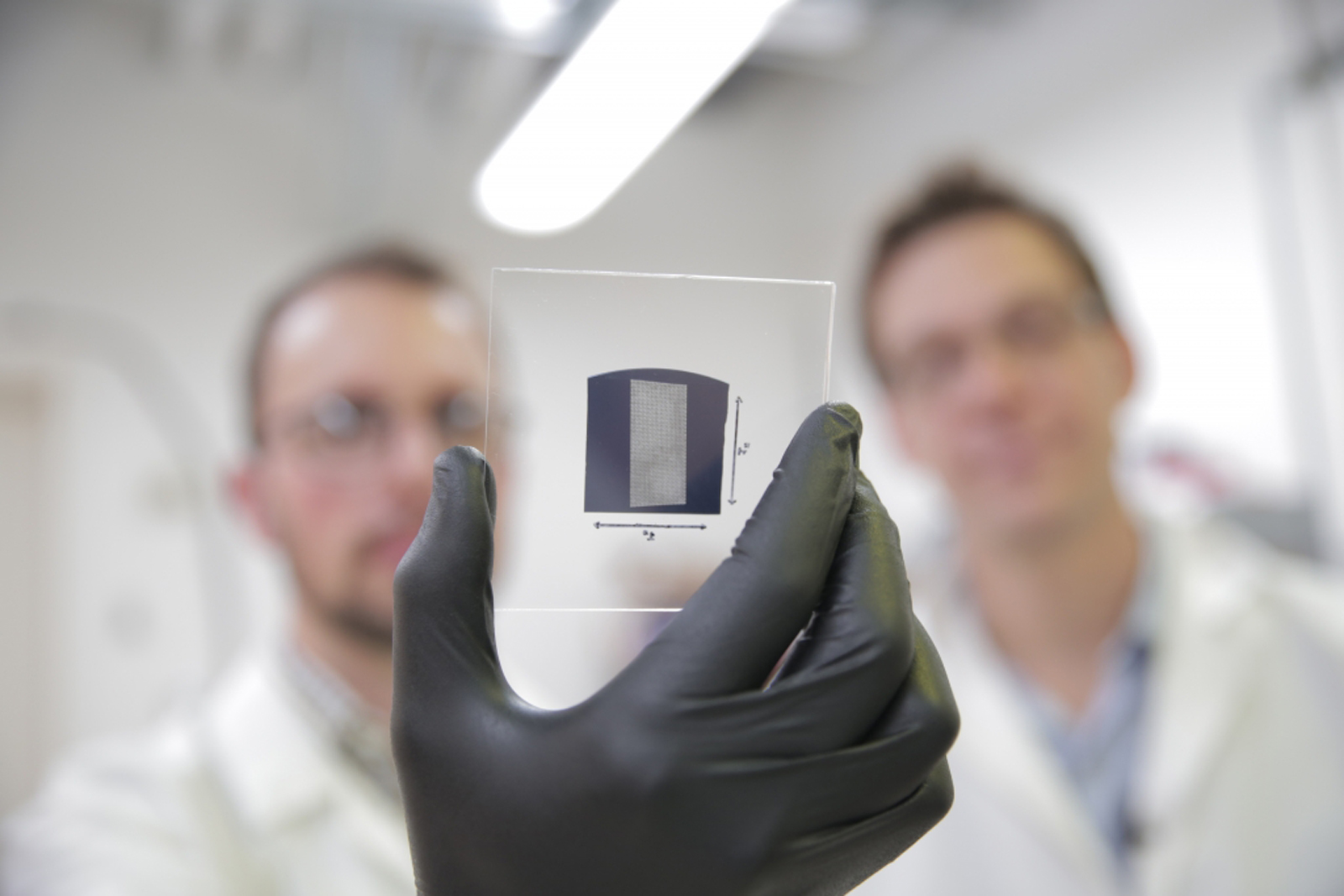Let’s be honest, most of us prefer the scales in the bathroom to read on the low side. Who wants accuracy, when you can feel a bit better about yourself? I’ll tell you one group who wants accuracy, scientists. A few ounces or pounds here and there might be okay in the bathroom but when it comes to measuring in the laboratory extreme precision is required.

Scientists at the Catalan Institute of Nanotechnology in Barcelona, Spain have invented what they claim to be the most accurate nanomechanical sensor for measuring mass ever. The sensor so sensitive it can measure a change in mass as small as 1.7 yoctograms. That is roughly the mass of a single proton.
The sensor uses a tiny carbon nanotube that is shorter than those that previous sensors utilized. To work, the sensor must be lowered to a temperature of -269°C and placed in a ultra-high vacuum. The sensor was able to weigh an atom of xenon to the nearest yoctogram. The researchers think in the future such a sensor might be able to measure human tissue at an atomic level to allow for diagnosis of disease conditions.
[via New Scientist via Geek.com]



 If you have to get an implant in the future, you may not have to worry quite so much about your body rejecting that life-enhancing technology. Colorado State University scientists have developed a titanium surface that's so blood-repellent that it f...
If you have to get an implant in the future, you may not have to worry quite so much about your body rejecting that life-enhancing technology. Colorado State University scientists have developed a titanium surface that's so blood-repellent that it f...
 If you have to get an implant in the future, you may not have to worry quite so much about your body rejecting that life-enhancing technology. Colorado State University scientists have developed a titanium surface that's so blood-repellent that it f...
If you have to get an implant in the future, you may not have to worry quite so much about your body rejecting that life-enhancing technology. Colorado State University scientists have developed a titanium surface that's so blood-repellent that it f...
 Scientists have long known that under the right conditions, small amounts of water can be coaxed into changing its boiling or freezing point. A pot of water takes less energy to boil on the top of Mount Everest, for instance, and liquid under pressur...
Scientists have long known that under the right conditions, small amounts of water can be coaxed into changing its boiling or freezing point. A pot of water takes less energy to boil on the top of Mount Everest, for instance, and liquid under pressur...
 The computing industry sees carbon nanotube transistors as something of a Holy Grail. They promise not just faster performance and lower power consumption than silicon, but a way to prevent the stagnation of processor technology and the death of Moo...
The computing industry sees carbon nanotube transistors as something of a Holy Grail. They promise not just faster performance and lower power consumption than silicon, but a way to prevent the stagnation of processor technology and the death of Moo...






